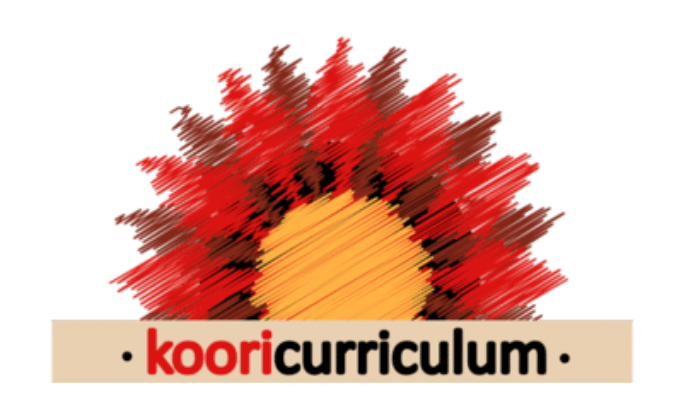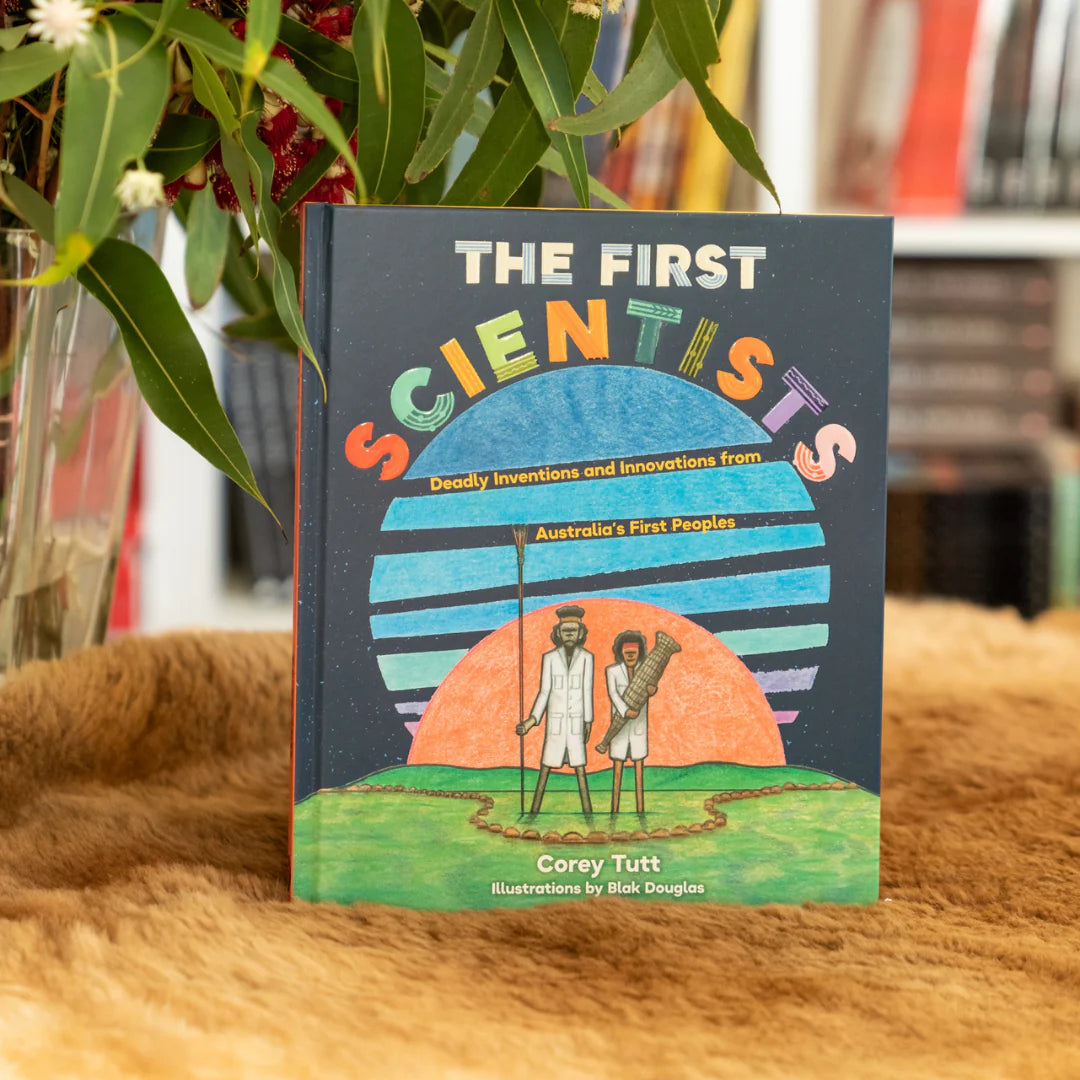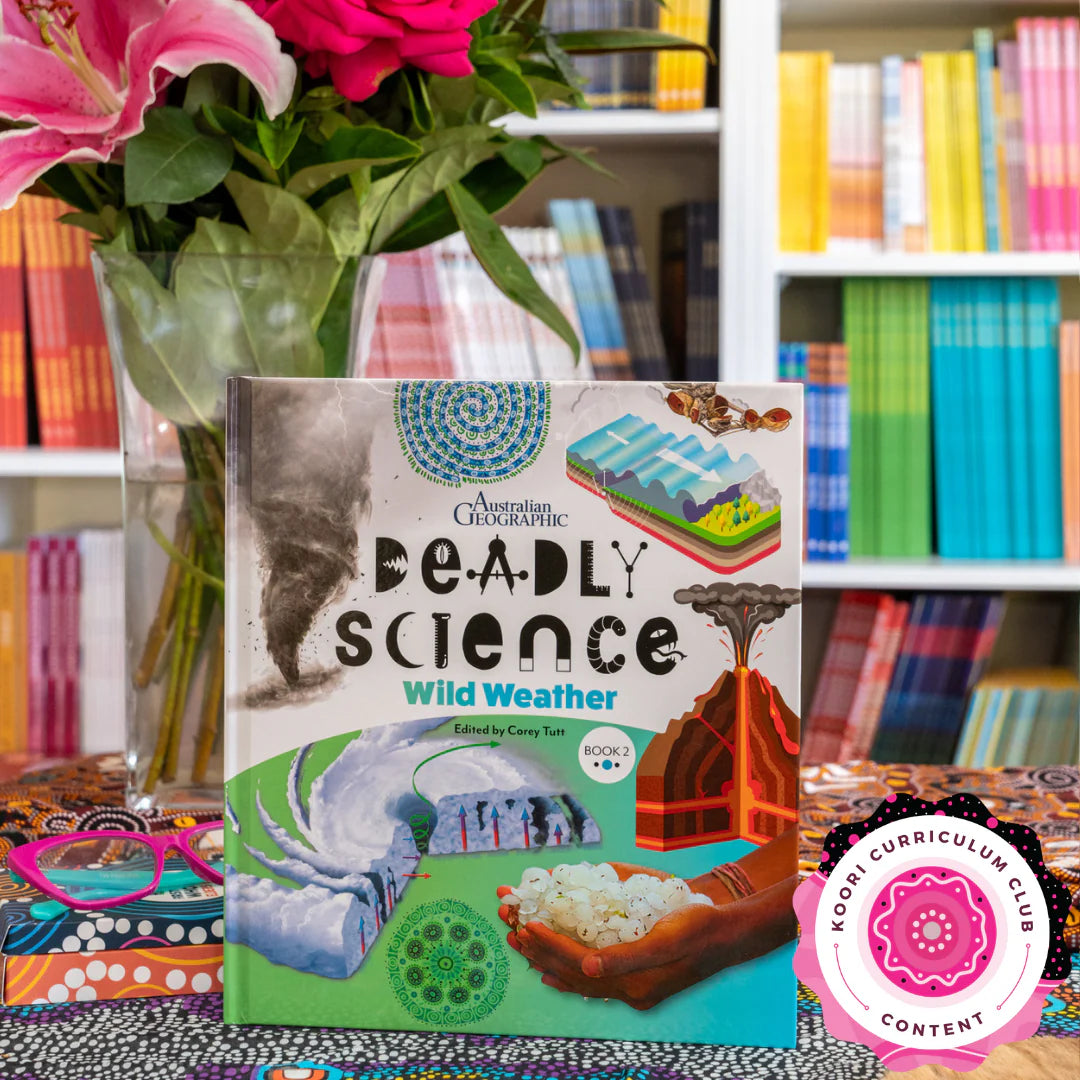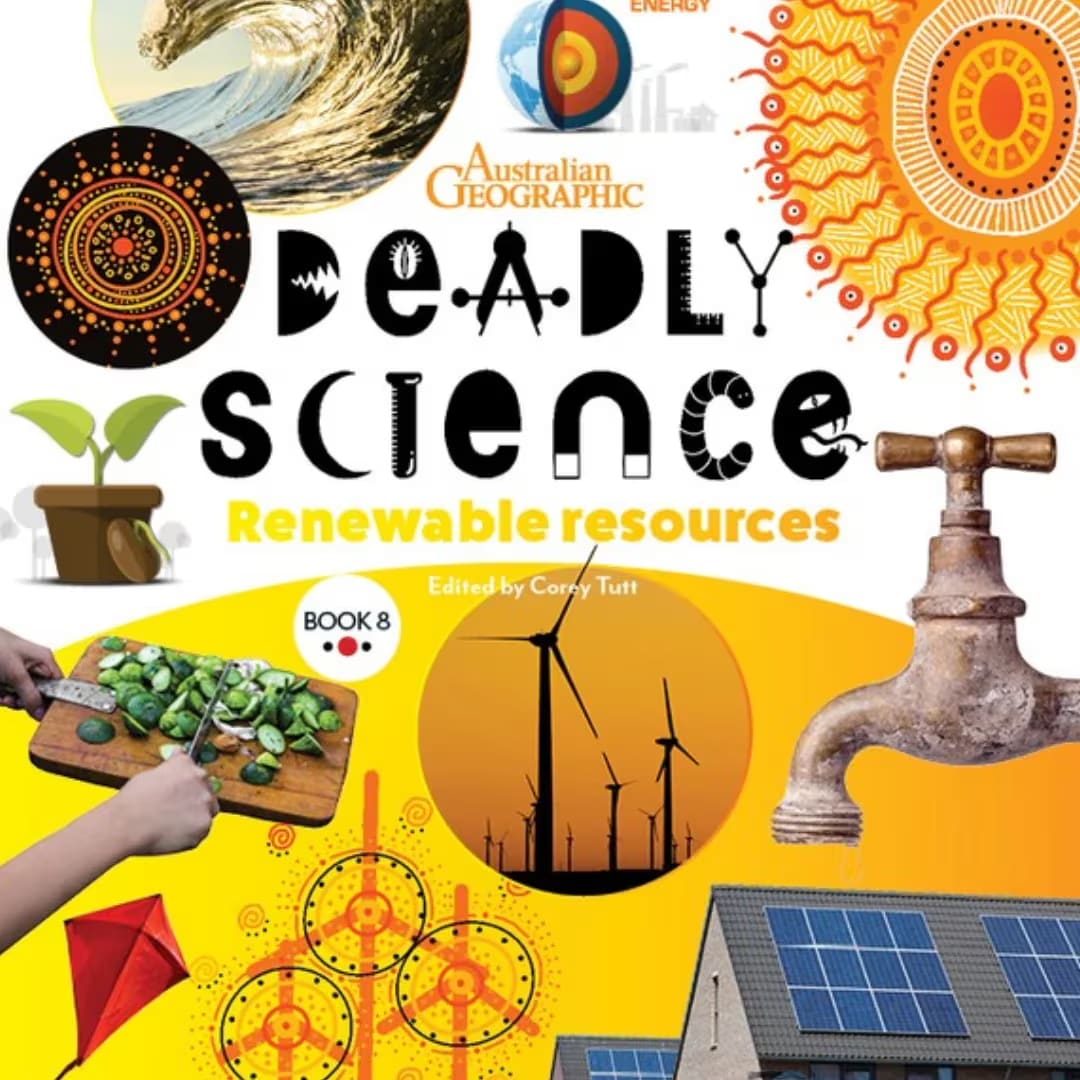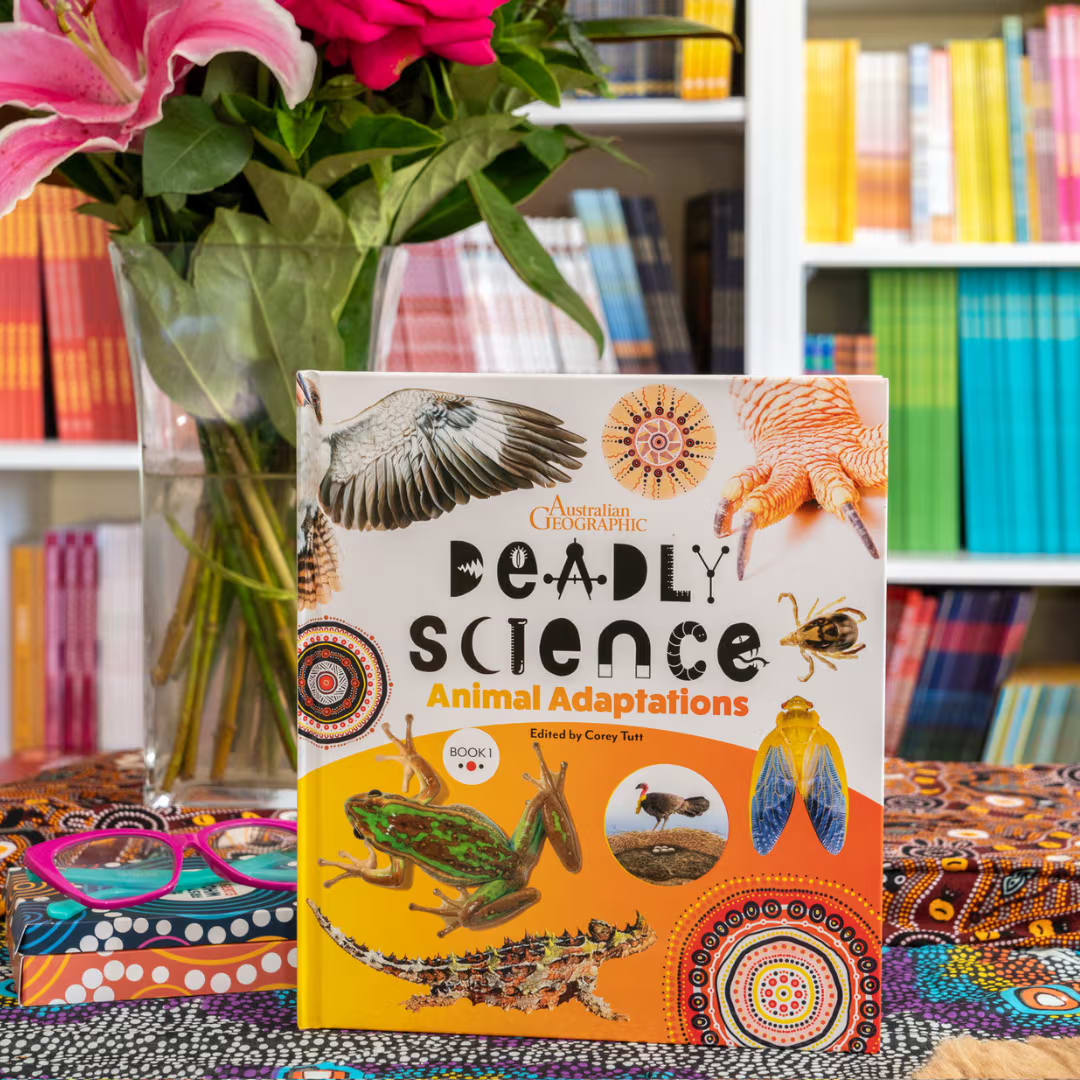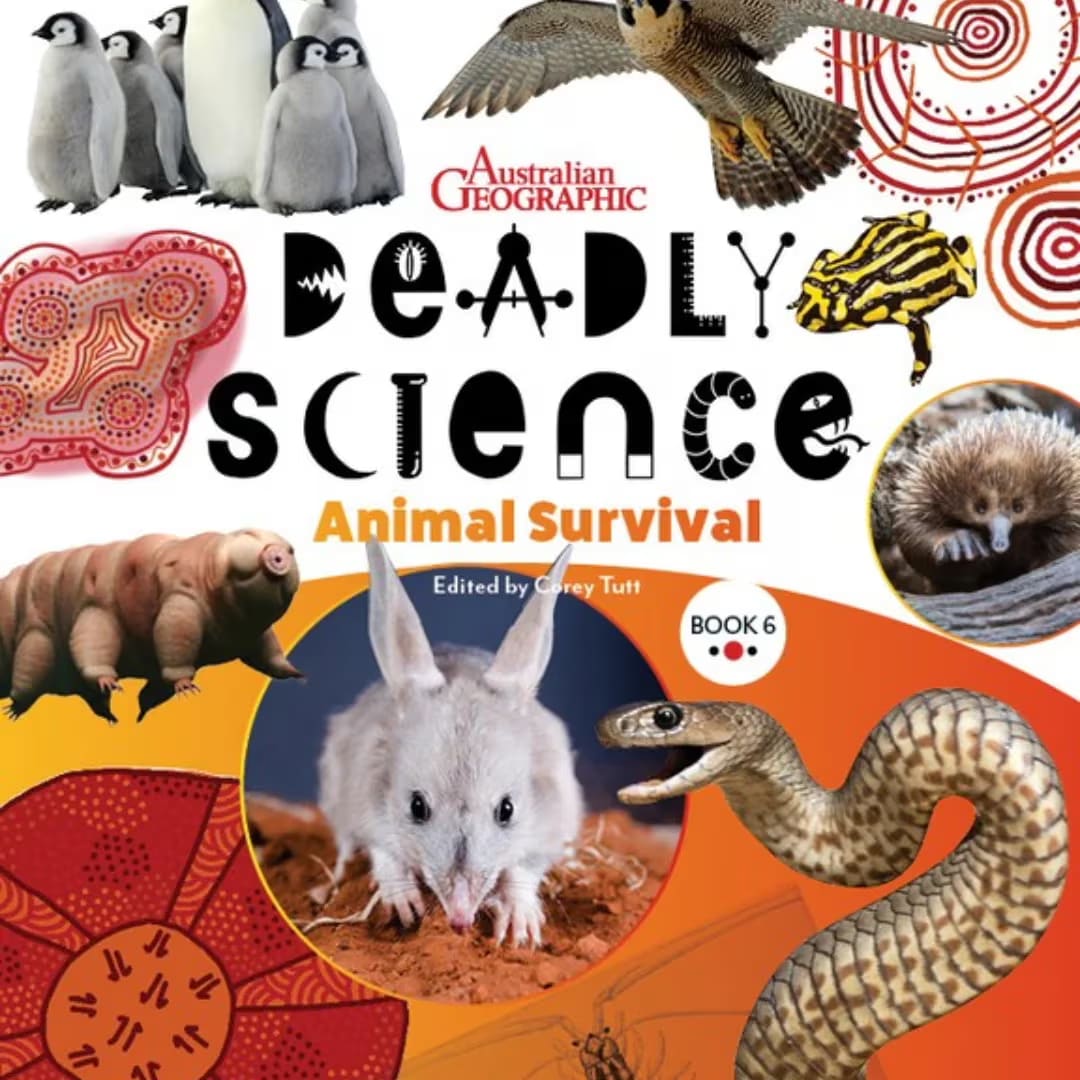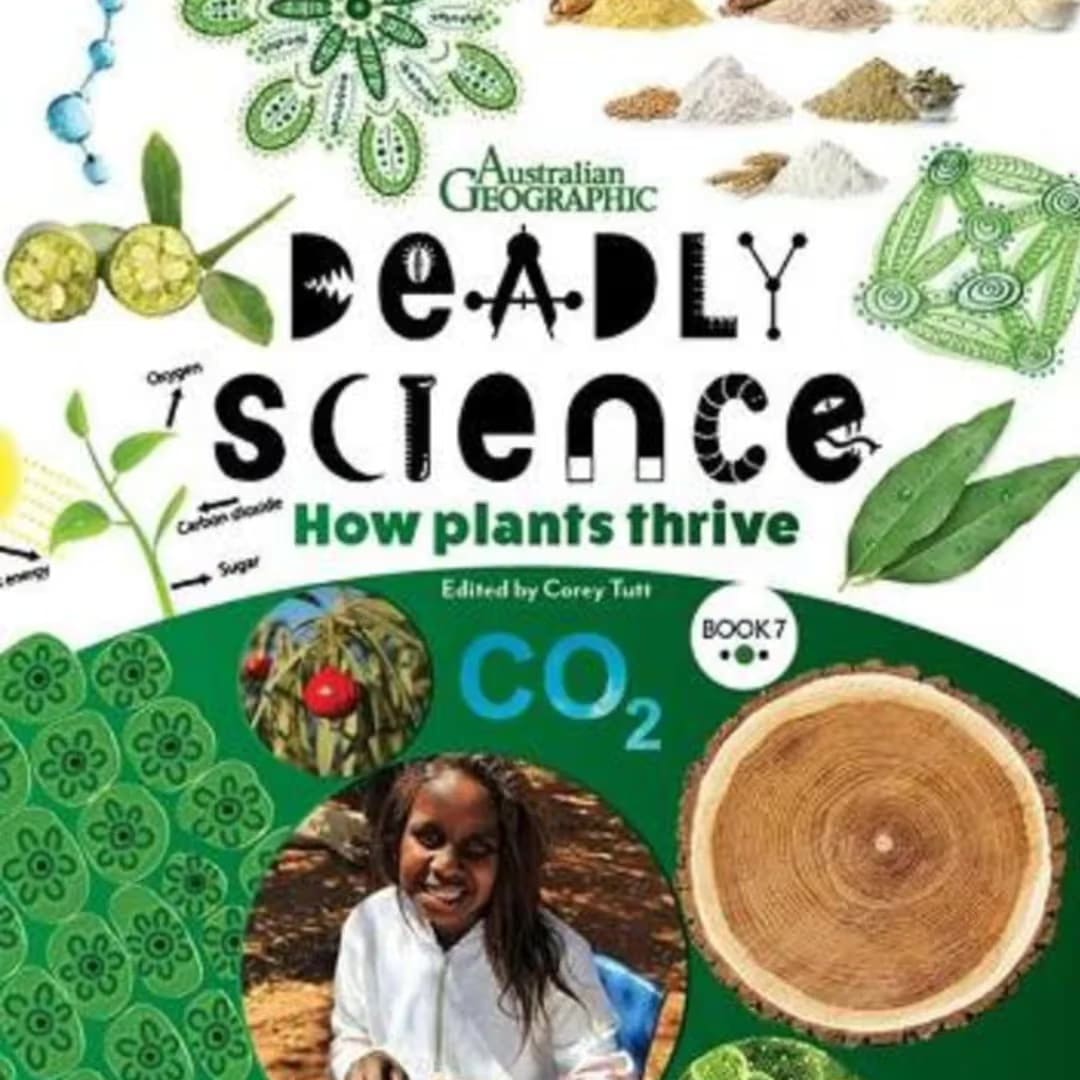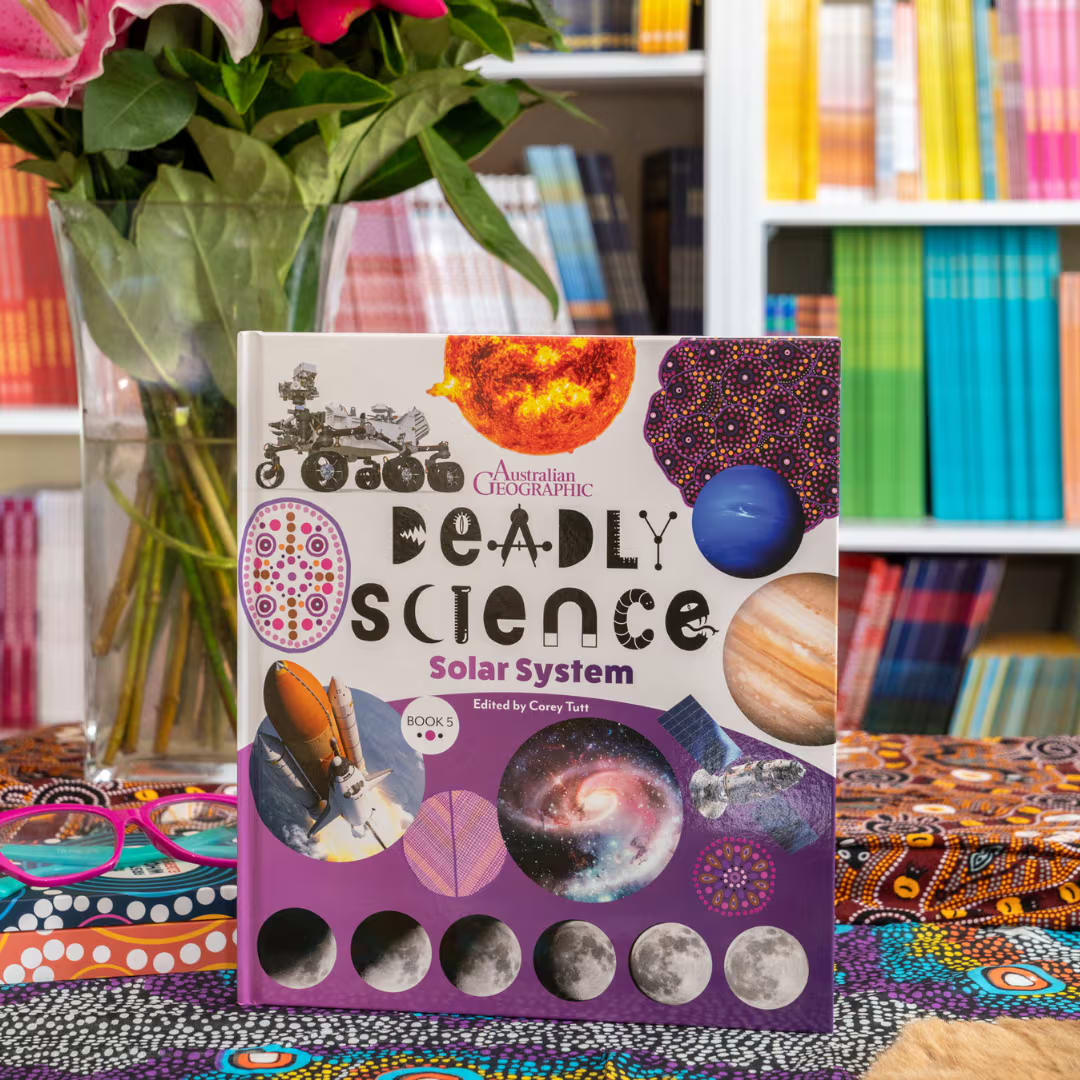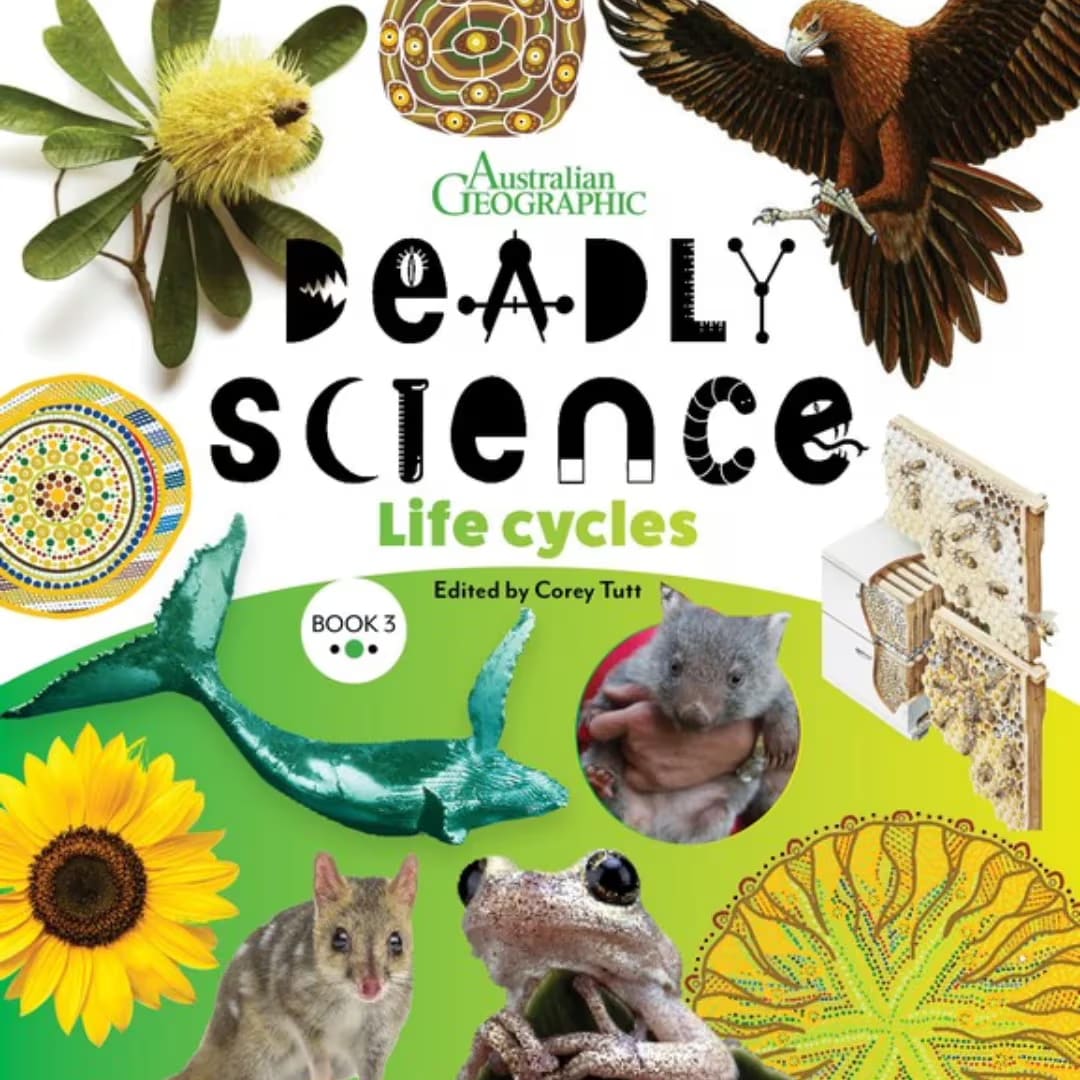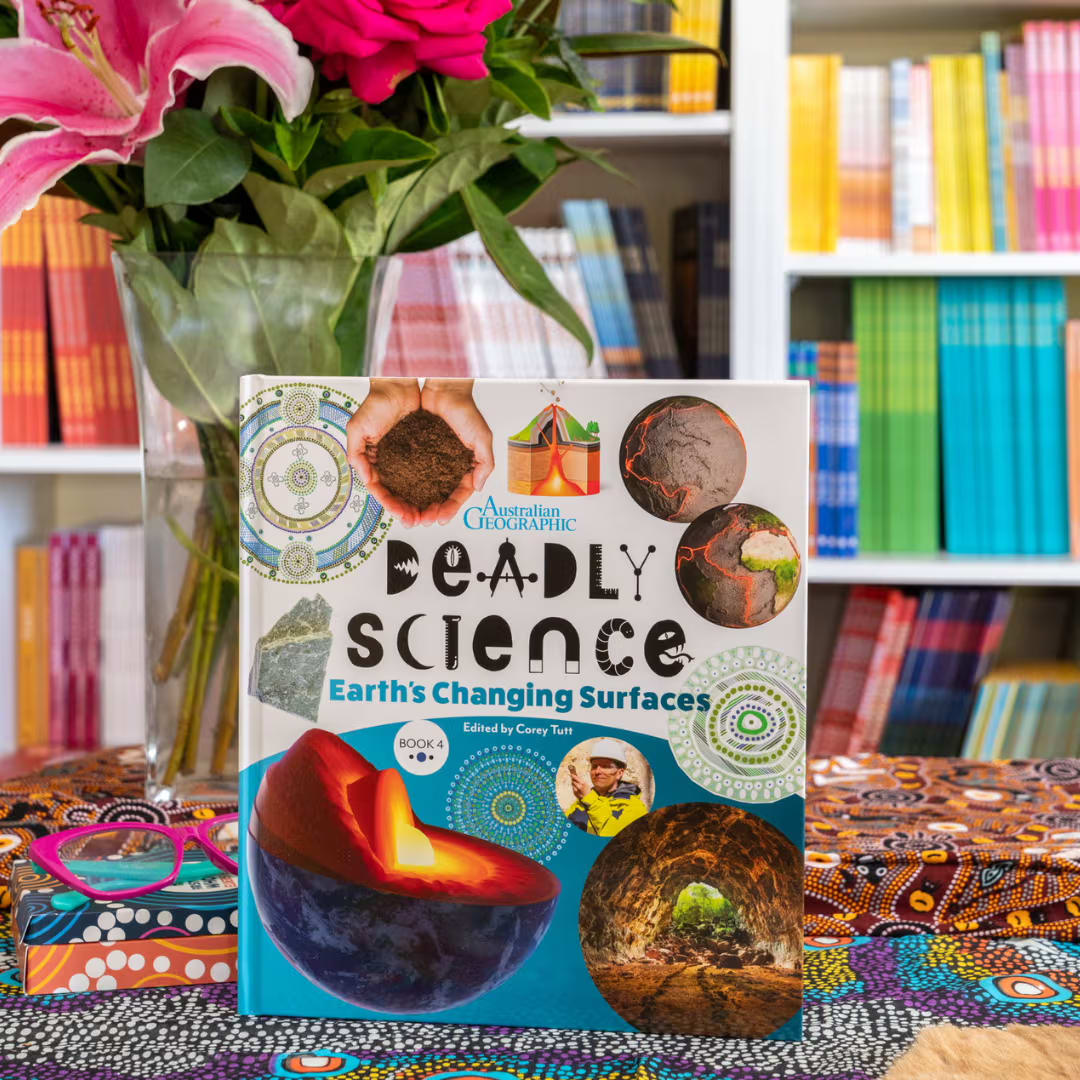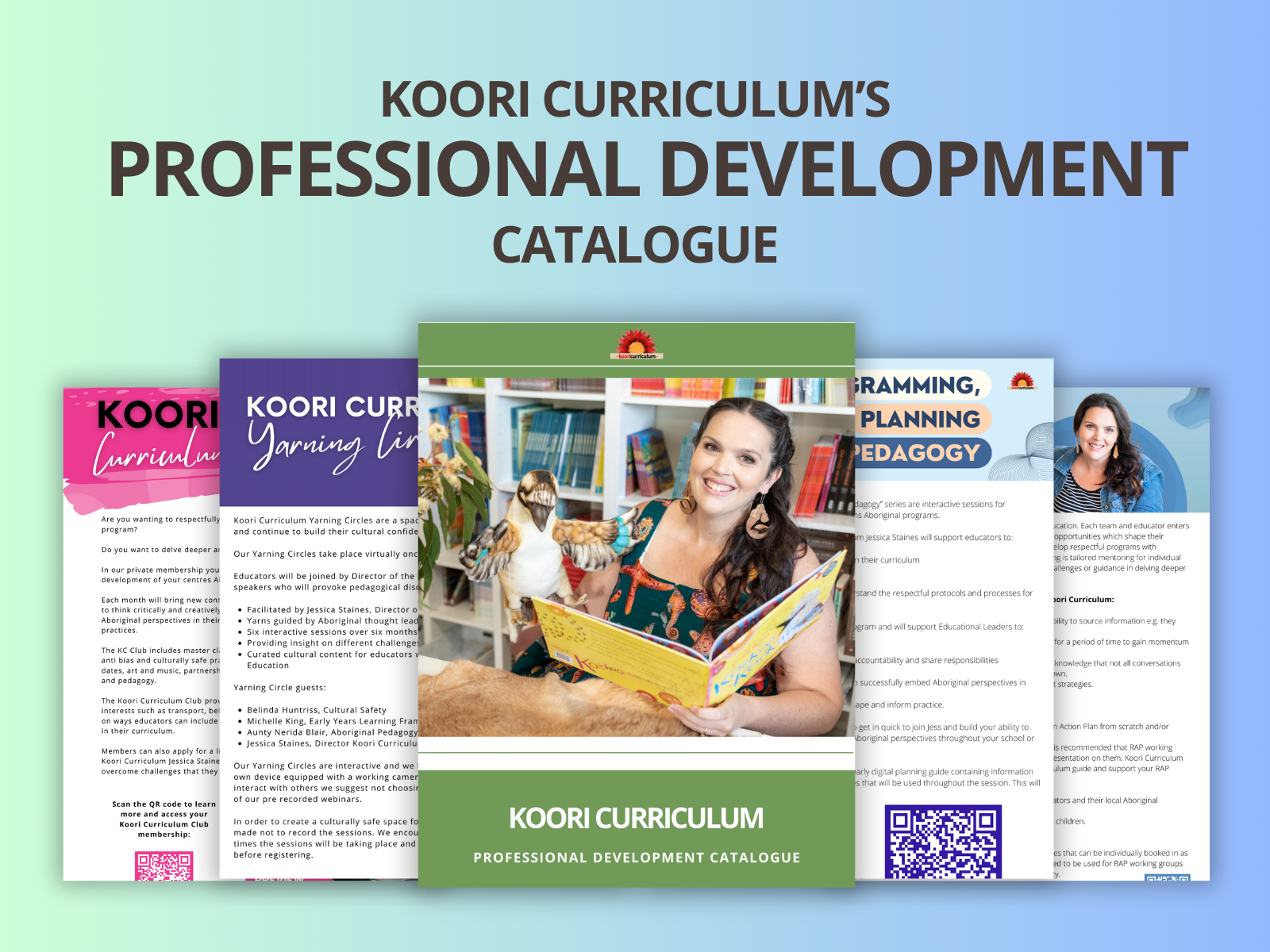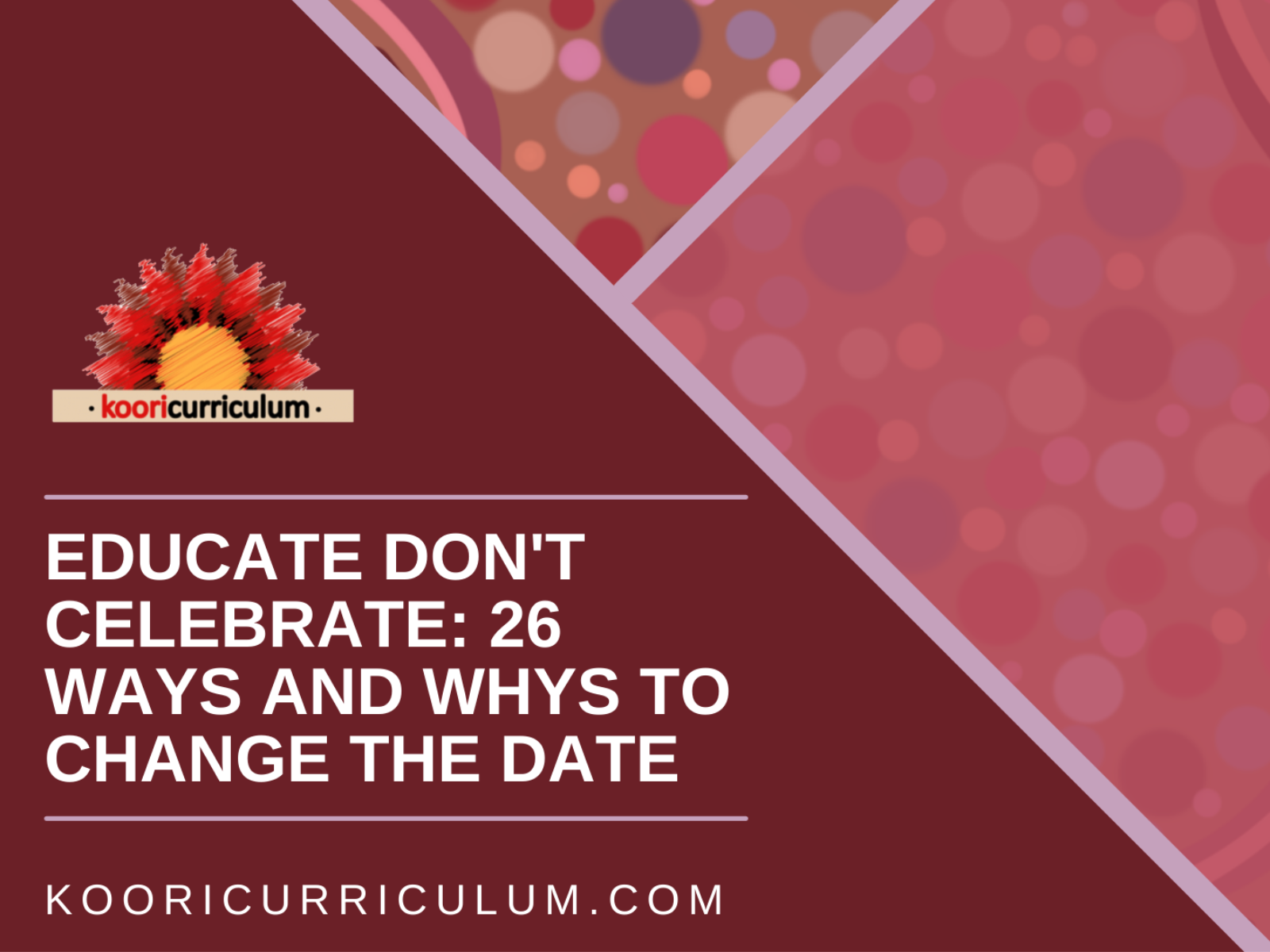
Koori Curriculum Science Collection
For Aboriginal and Torres Strait Islander people, science is deeply ingrained in their culture, history, and connection to the land.
By acknowledging the unique contributions of Indigenous knowledge systems, educators can create an inclusive learning environment that values diverse perspectives. Encouraging children to engage with Indigenous science fosters a sense of respect and appreciation for different ways of understanding the natural world.
For Indigenous children, seeing their culture represented and valued in the classroom positively impacts their sense of identity and belonging. By incorporating Indigenous knowledge into science education, educators can nurture a stronger cultural identity among Aboriginal students and create a foundation for building self-confidence and pride in their heritage.
Indigenous science places a profound emphasis on the connection with the land and the environment. This perspective encourages a deeper understanding of sustainability, conservation, and the interdependence of all living beings. Early childhood educators can use Indigenous science, as a platform to facilitate outdoor learning experiences that embrace Aboriginal perspectives, instilling in young learners a sense of responsibility towards the planet.
Engaging with Indigenous science stories, practices, and observations can ignite the curiosity of young minds.Science provides early childhood educators with a remarkable opportunity to enrich their programs with an Aboriginal perspective, promoting cultural understanding, inclusivity, and respect.
Aboriginal Science Topic Cards
A beautifully visual set of 25 Aboriginal Science Topic Cards which celebrate the role science has played and continues to play in Aboriginal culture.
These Topic Cards contain 25 examples of the scientific ingenuity and innovation of Aboriginal people, and can be used as a starting point for engaging in learning about the role of science in Aboriginal culture.
Cards are double-sided; one side with a beautiful visual image to accompany the topic, and the other side a snapshot of information to get you started in your learning on that particular topic.
Cards cover content such as: Boomerang and Aerodynamics, Toxic to Edible, Bush Medicine, Traditional Fire Management, Indigenous Rangers and more!
Suitable for any ages.
Cards are A6 size and printed on high quality 350gsm art board that is gloss laminate. Each pack is presented in a cardboard box which is sealed in plastic.
"The First Scientist" By Corey Tutt (Hardcover)
The First Scientistsis the highly anticipated, illustrated science book from Corey Tutt of DeadlyScience. With kids aged 7 to 12 years in mind, this book will nourish readers’ love of science and develop their respect for Indigenous knowledge at the same time.
Have you ever wondered what the stars can tell us? Did you know the seasons can be predicted just by looking at subtle changes in nature? Maybe you have wondered about the origins of glue or if forensic science is possible without a crime scene investigation. Australia's First peoples have the longest continuing culture on Earth and their innovation will amaze you as you leaf through the pages of this book, learning fascinating facts and discovering the answers to life's questions.
In consultation with communities, Corey tells us of many deadly feats – from bush medicine to bush trackers – that are today considered 'science', and introduces us to many amazing scientists, both past and present. The breadth of ‘sciences’ is incredible with six main chapters covering astronomy, engineering, forensic science, chemistry, land management and ecology. The first scientists passed on the lessons of the land, sea and sky to the future scientists of today through stories, song and dance, and many of these lessons are now shared in this book.
Vibrant illustrations by Blak Douglas bring the subjects to life, so you’ll never think about science as just people in lab coats ever again!
"Deadly Science - Wild Weather - Book 2" by Corey Tutt & Australian Geographic
Extreme weather events, from bushfires to floods, and sudden geological changes, from earthquakes to tsunamis, have an enormous impact on our planet.
In this book, students investigate different examples of extreme weather, focusing on examples from around Australia, and learn how these events affect living and non-living aspects of the environment.
Students will investigate the past, learning how Indigenous Australians have recorded and documented geological events, and also look to the future, focusing on how science is giving us better understanding of weather patterns and events, and new tools for managing natural disasters.
"Deadly Science - Renewable Resources" by Corey Tutt & Australian Geographic
Did you know that the world's first astronomers were Indigenous Australians over 35,000 years ago?
These Australians were the first humans to closely observe and note the movement of the planet and stars in space.
"Deadly Science - Animal Adaptions" by Corey Tutt & Australian Geographic
Living things are fantastically adapted to their environments. In order to survive, animals have developed features like thick winter coats, the ability to camouflage themselves and even techniques for going without water for long stretches of time.
In this book, students investigate the different types of adaptations that animals might have to help them survive and thrive in their particular environment, and then explore a range of key Australian habitats, from deserts to rainforests.
"Deadly Science - Animal Survival" by Corey Tutt & Australian Geographic
Every living thing on our planet experiences a life cycle.
From fertilisation, to birth, through life and death, plants and animals undergo key stages of development.
"Deadly Science - How Plants Thrive" by Corey Tutt & Australian Geographic
Inside of this book, you will find the tools, both modern and indigenous, to understand and navigate the difficulties ahead as we learn to live with Earth's internal and powerful forces.
"Deadly Science - The Solar System" by Corey Tutt & Australian Geographic
From planets made of gas, to stars made of fire, our vast Solar System is filled with mysteries still to be explored and solved.
Did you know that the world’s first astronomers were Indigenous Australians over $35,000 years ago?
These Australians were the first humans to closely observe and note the movement of the planet and stars in space.
So, buckle up and get ready to navigate the nebulas and comets with us as we explore space and begin to unravel the intricacies of our little corner of the Milky Way.
"Deadly Science - Life Cycles" by Corey Tutt & Australian Geographic
Every living thing on our planet experiences a life cycle. From fertilisation, to birth, through life and death, plants and animals undergo key stages of development.
In this book, students explore the life cycles living things such as of insects, birds, whales and flowering plants and discover the environmental factors that can affect these processes.
"Deadly Science - Earth's Changing Surfaces" by Corey Tutt & Australian Geographic
Geological forces throughout history have continually re-designed earth’s natural landscape as our planet evolves and undergo changes. Today the constant effects of shifting tectonic plates, eruptions, erosion, desertification, and climate change continue to re-shape and redefine our home.
Inside of this book, you will find the tools, both modern and indigenous, to understand and navigate the difficulties ahead as we learn to live with Earth’s internal and powerful forces.
